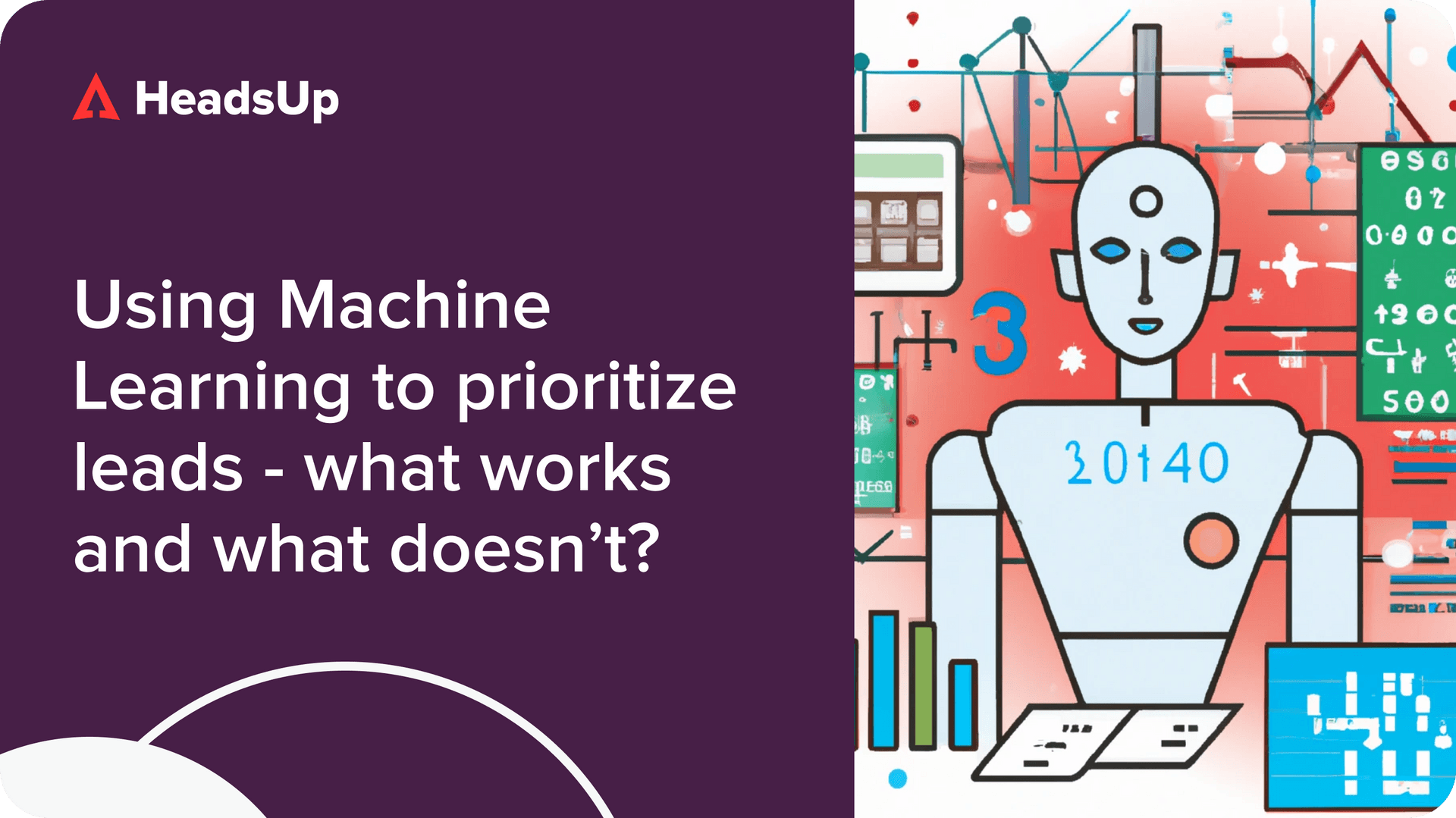When Pete von Burchard started at Wistia, there was no sales team. Previously, all of the company’s revenue had come through self-guided transactions, with customers signing up for free trials and upgrading as they saw fit.
Joining as the VP of Sales brought a lot of opportunities. Pete wanted to guide more users towards conversion and also sought to help SMBs and enterprise customers utilize advanced features of Wistia like video content collaboration, subscriber management, and video analytics.
In a recent podcast interview, we sat down with Pete to talk about how he made the professional leap from pure enterprise sales to product-led sales and how sales reps today can blend these two worlds to achieve maximum conversion.
I had to learn that the customer’s journey is not linear. It’s not this sort of classic consideration phase, and then into implementation, and then you move on to the next customer. It’s a longer-term journey, where the customer will really leverage the product over a long period of time and grow with the business.
Pete von Burchard, VP of Sales at Wistia
Why enterprise sales is valuable for PLG companies
With tools like Slack and Calendly, the more the product is used, the more the user base grows. But not every PLG company has a product that is built to go viral. In this case, sales teams need to blend enterprise sales strategies with product-led strategies.
Pete came from the enterprise sales world and had to learn how to adapt his experience to a PLG brand with minimal virality. “I had to understand that the customer’s journey is not linear. It’s not this sort of classic consideration phase, and then into implementation, and then you move on to the next customer,” says Pete. “It’s a longer-term journey, where the customer will really leverage the product over a long period of time and grow with the business. And so I think it was a very different go-to-market motion from what I was used to.”
Every company will have different product engagement criteria to watch out for. It’s important to track multiple product motions and let go of arbitrary timelines.
7 ways for sales to guide users towards conversion
Here are Pete’s best tips for winning with consultative sales at a PLG company:
1. Identify the best users (not just your buyers)
With so much data available, it’s tempting to just want to understand and clone your buyers. But Pete says that, in the past, the team has gotten tripped up by focusing too heavily on buyers, rather than the best users. That’s because buyers aren’t necessarily poised for upgrades and long-term retention, so pay more attention to product usage analytics than payments.
Pete suggests, “What I would encourage people to do is really to pay attention to who’s using the product, and which segments of those users are going to be the most important ones. And then really pay attention to that segment across the entire customer journey, as opposed to just focusing on the folks that are buying. The quick buyers don’t necessarily represent the biggest market opportunity over time.”
There are many users who just need a place to upload a media video or a podcast, and embed that on their website. But there’s also this other end of the spectrum of folks who are leveraging that content to build audiences, creating serial content, and advertising to lookalike audiences on Facebook. We’ve realized that most businesses that are investing in content are on this spectrum of sophistication, and they’re almost always moving up.
Pete von Burchard, VP of Sales, Wistia
2. Understand the different use cases for your product
To move forward with other smart strategies, a sales team first needs to understand their product’s core uses cases, and how customers progress through them.
“There are many users who just need a place to upload a media video or a podcast, and embed that on their website,” says Pete. “But there’s also this other end of the spectrum of folks who are leveraging that content to build audiences, creating serial content, and advertising to lookalike audiences on Facebook. We’ve realized that most businesses that are investing in content are on this spectrum of sophistication, and they’re almost always moving up.”
3. Create a hybrid customer journey
Pete says that the team works to figure out the answers to this question: “What are the leading indicators in product adoption that indicate which journey the customer is on, and how can we support these journeys independently?” By discovering this critical knowledge, the sales team can work together with product and customer success teams to create a hybrid customer journey with the right automated and manual touchpoints.
4. Educate different segments of users to achieve their main goals
The support and insights that each company needs will be very different. This is where the high-touch personal outreach comes in.
“As a sales team, we help customers understand how big content could be for their business,” says Pete. “We do that with data enrichment firmographics and we try to understand the personas that we’re working with and understand through our own customer insights, the likely challenges that they’re experiencing, or the likely outcomes that they’re looking for.” From there, the sales team guides them towards success individually.
5. Support existing customers in increasingly sophisticated usage of your product
In order to support existing customers, the sales team proactively hunts for issues to resolve and also reactively problem-solves when customers reach out for help.
“Sometimes, we identify multiple people who are investing in content within the same business, and bring them together and show them that the business itself has a much bigger content-related opportunity than they initially thought because they were sort of fragmented. We help them collaborate with each other,” says Pete. “We also try to find the right moments where we can help contribute to the marketing strategy of our customers,” Pete explains.
6. Bring all data into a single source of truth, like Salesforce
“Cross-functional alignment leads to a better customer experience and more leverage,” says Pete. One of the easiest ways to achieve more alignment is to get content marketing teams and sales teams working towards a common goal, so that content acts in support of sales.
Alignment is also essential when it comes to collecting data, testing funnels, and analyzing company results.
“We have HubSpot as a marketing automation tool, we use Salesforce as a CRM, and then we proprietary databases behind our products that capture product insights,” explains Pete. “And I think the challenge is to get to a source of truth across those three main platforms. I think the key thing is to let the source of truth end with Salesforce.”
Teams need cross-functional alignment on what the single source of truth will be, so that product and sales teams aren’t making decisions based on different data sets. With a single source of truth for your revenue operations team, you can execute testing strategies and get more buy-in for initiatives that involve sales, marketing, product, and customer success.
7. Offer a value-added, cringe-free sales experience
In a product-led growth company, sales will behave differently than what customers might be expecting. It’s important to immediately show potential customers that interacting with your team won’t be pushy or salesy. “What we’ve really aspired to do is have a sales team that people don’t cringe when they have to contact us, where they’re thinking, ‘Oh man, alright, I have this problem, I have to talk to sales, and this guy is gonna try to close me on the call.’”
The team makes sure to deliver a value-add, consultative experience every time. And they find little ways to differentiate themselves from the sales conversations people are used to. Pete explains one example: “If you fill out a ‘get in touch’ request to contact sales from our website, immediately afterwards, you’ll see a video of a Mighty Ducks parody of salespeople at Wistia getting excited about this call that they’re about to have with you.”
As a product-led company, you want your leads to know that your stellar product comes first. Your sales team is simply there to help them make the most of it—no pushing required.
Get more tips from top PLG go-to-market leaders on the Product Led Sales podcast.


